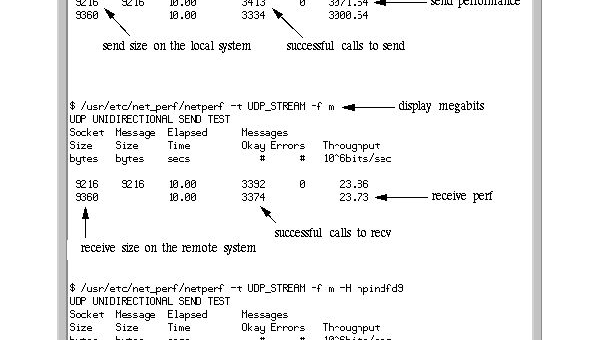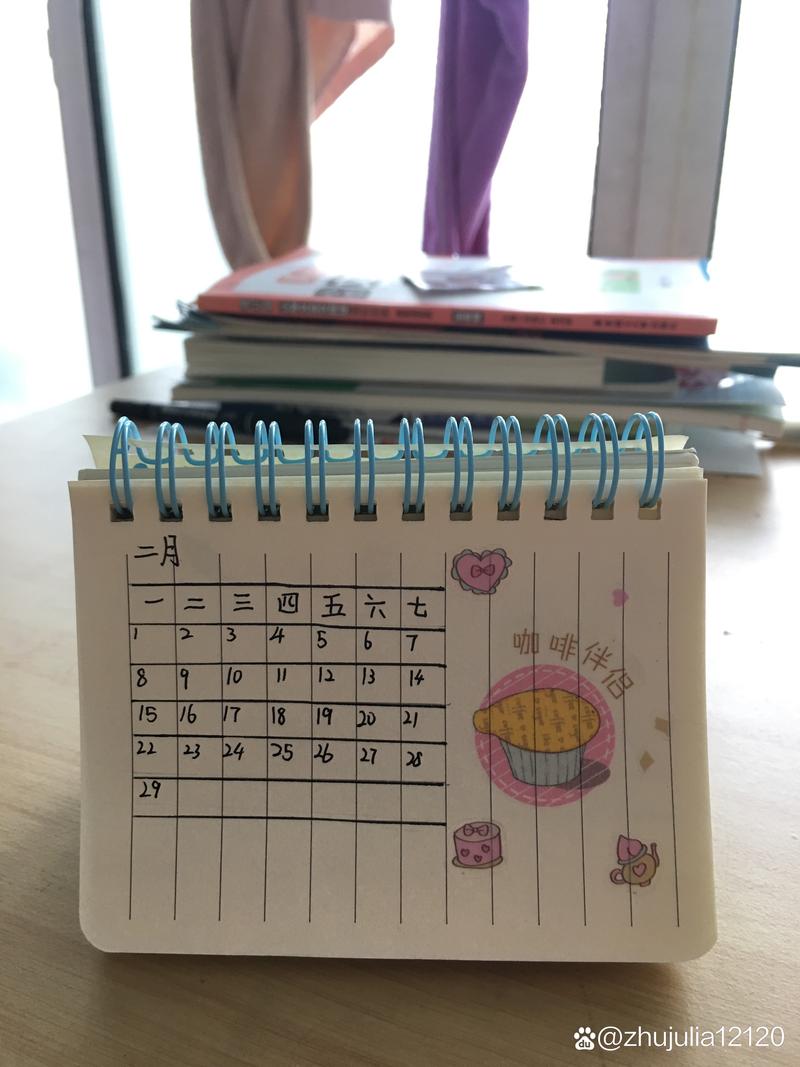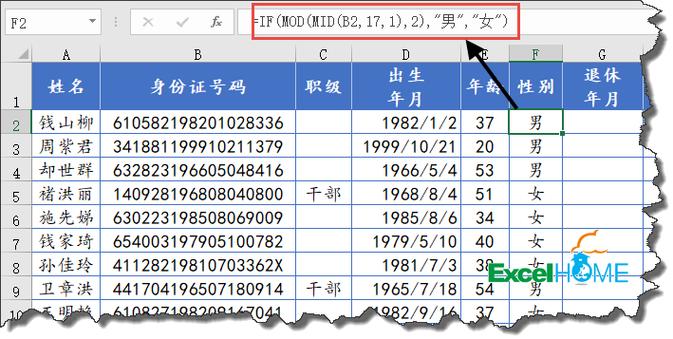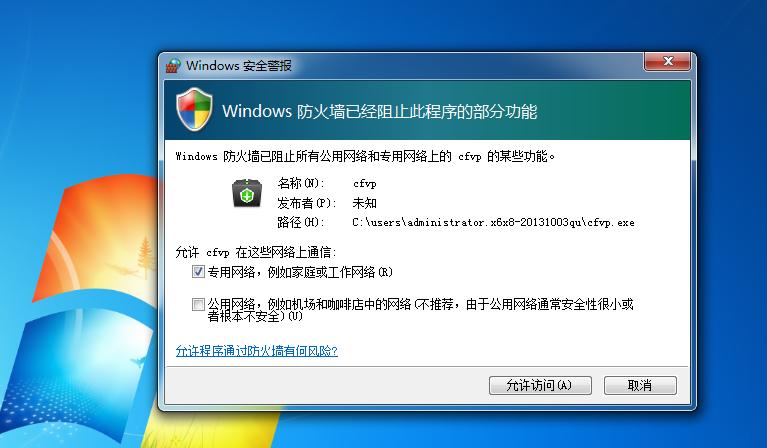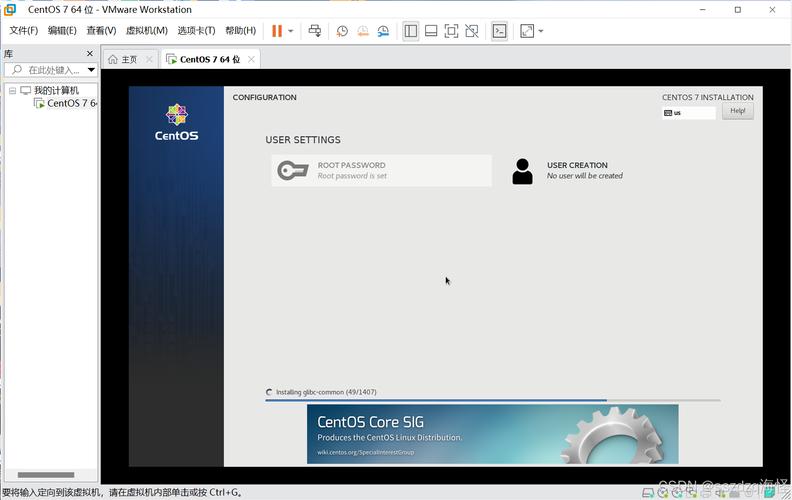前言
在java编程中,异常处理是一个至关重要的概念。通过正确地处理异常,程序员可以编写出健壮且易于维护的代码,提升程序的可靠性。本文将详细介绍java的异常处理机制,包括异常的分类、捕获和处理异常的语法、常见的异常类型以及自定义异常的实现。
一、什么是异常
异常是程序运行过程中出现的错误或意外情况。java使用异常机制来处理这些错误和意外,使程序能够从错误中恢复或至少安全地终止。
二、异常的分类
java中的异常分为两大类:受检异常(checked exception)和非受检异常(unchecked exception)。
2.1 受检异常
受检异常是需要在编译时处理的异常。这意味着在编译时,编译器会检查这些异常是否被捕获或声明。所有直接继承自java.lang.exception类,但不继承自java.lang.runtimeexception的异常都是受检异常。
示例:
import java.io.filereader;
import java.io.ioexception;
public class checkedexceptionexample {
public static void main(string[] args) {
try {
filereader reader = new filereader("file.txt");
} catch (ioexception e) {
e.printstacktrace();
}
}
}
2.2 非受检异常
非受检异常是指在编译时不需要显式处理的异常。这些异常包括所有继承自java.lang.runtimeexception的异常。常见的非受检异常有nullpointerexception、arrayindexoutofboundsexception等。
示例:
public class uncheckedexceptionexample {
public static void main(string[] args) {
int[] array = new int[5];
system.out.println(array[10]); // 将导致 arrayindexoutofboundsexception
}
}
三、异常处理的语法
java使用try-catch块来捕获和处理异常。此外,还可以使用finally块执行一些清理操作,无论是否抛出异常。
3.1 try-catch
try-catch块用于捕获和处理异常。如果在try块中抛出了异常,程序控制会转移到相应的catch块。
示例:
public class trycatchexample {
public static void main(string[] args) {
try {
int result = 10 / 0;
} catch (arithmeticexception e) {
system.out.println("arithmeticexception caught: " + e.getmessage());
}
}
}
3.2 try-catch-finally
finally块用于在异常处理后执行一些清理操作,无论是否抛出异常。
示例:
public class trycatchfinallyexample {
public static void main(string[] args) {
try {
int result = 10 / 0;
} catch (arithmeticexception e) {
system.out.println("arithmeticexception caught: " + e.getmessage());
} finally {
system.out.println("this block is always executed.");
}
}
}
3.3 多个catch块
一个try块可以有多个catch块,每个catch块处理不同类型的异常。
示例:
public class multiplecatchexample {
public static void main(string[] args) {
try {
int result = 10 / 0;
} catch (arithmeticexception e) {
system.out.println("arithmeticexception caught: " + e.getmessage());
} catch (exception e) {
system.out.println("exception caught: " + e.getmessage());
}
}
}
四、常见异常类型
java中有许多常见的异常类型,了解这些异常有助于更好地处理和调试代码。
4.1 nullpointerexception
当程序试图在空对象上调用方法或访问其字段时,会抛出nullpointerexception。
示例:
public class nullpointerexceptionexample {
public static void main(string[] args) {
string str = null;
system.out.println(str.length()); // 将导致 nullpointerexception
}
}
4.2 arrayindexoutofboundsexception
当程序试图访问数组中不存在的索引时,会抛出arrayindexoutofboundsexception。
示例:
public class arrayindexoutofboundsexceptionexample {
public static void main(string[] args) {
int[] array = new int[5];
system.out.println(array[10]); // 将导致 arrayindexoutofboundsexception
}
}
4.3 ioexception
当发生输入/输出操作失败或中断时,会抛出ioexception。
示例:
import java.io.filereader;
import java.io.ioexception;
public class ioexceptionexample {
public static void main(string[] args) {
try {
filereader reader = new filereader("file.txt");
} catch (ioexception e) {
e.printstacktrace();
}
}
}
五、自定义异常
在某些情况下,内置异常类型不能满足需求,此时可以创建自定义异常。自定义异常需要继承自exception或runtimeexception类。
5.1 创建自定义异常
示例:
public class customexception extends exception {
public customexception(string message) {
super(message);
}
}
5.2 使用自定义异常
示例:
public class customexceptionexample {
public static void main(string[] args) {
try {
validateage(15);
} catch (customexception e) {
system.out.println("customexception caught: " + e.getmessage());
}
}
public static void validateage(int age) throws customexception {
if (age < 18) {
throw new customexception("age must be 18 or above");
}
}
}
六、总结
异常处理是java编程中的重要组成部分,通过合理的异常处理,可以提升程序的鲁棒性和可维护性。本文介绍了java中异常的分类、捕获和处理异常的语法、常见异常类型以及如何创建和使用自定义异常。掌握这些知识,可以帮助你编写更加健壮的java程序。
到此这篇关于java异常处理的文章就介绍到这了,更多相关java异常处理内容请搜索代码网以前的文章或继续浏览下面的相关文章希望大家以后多多支持代码网!

